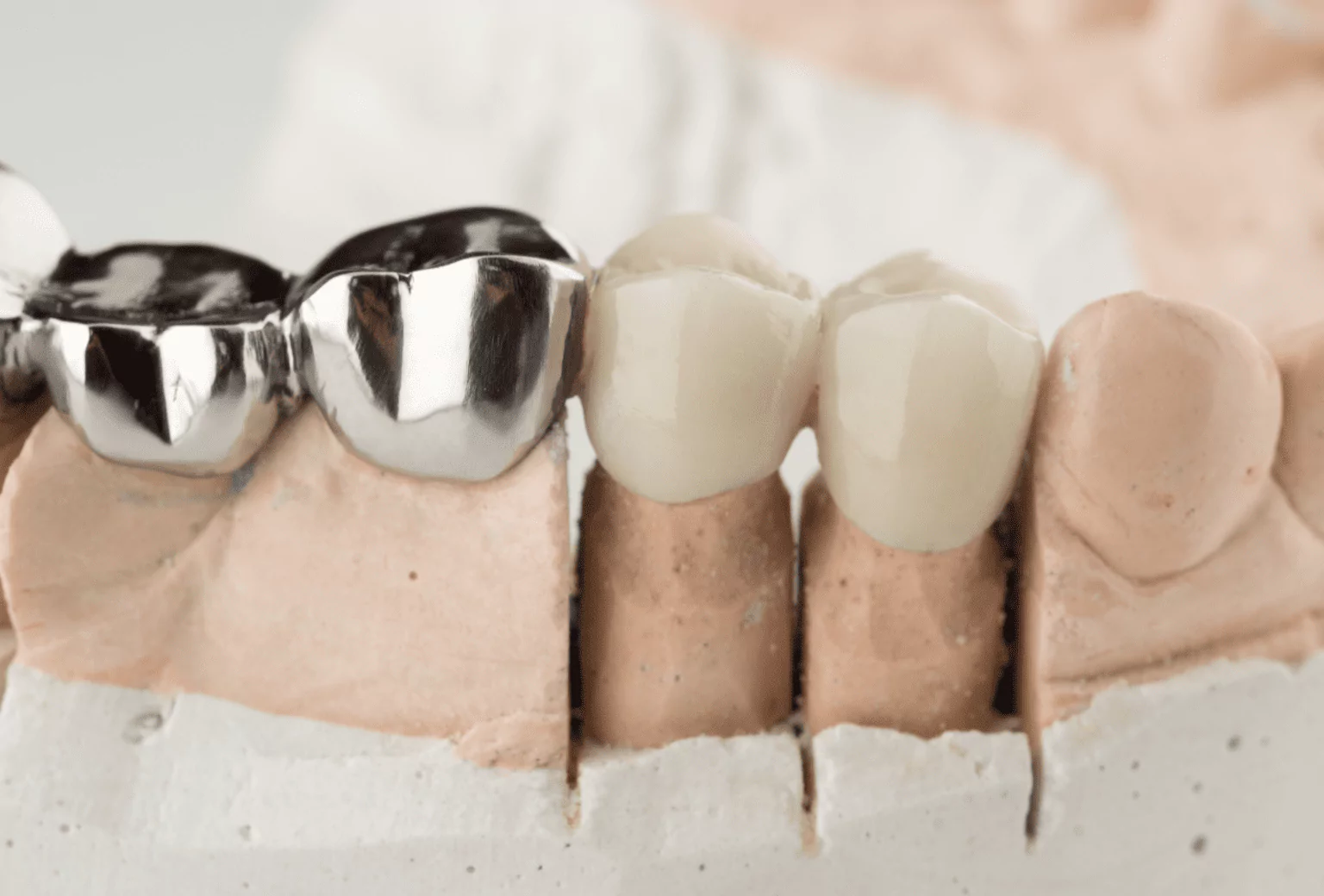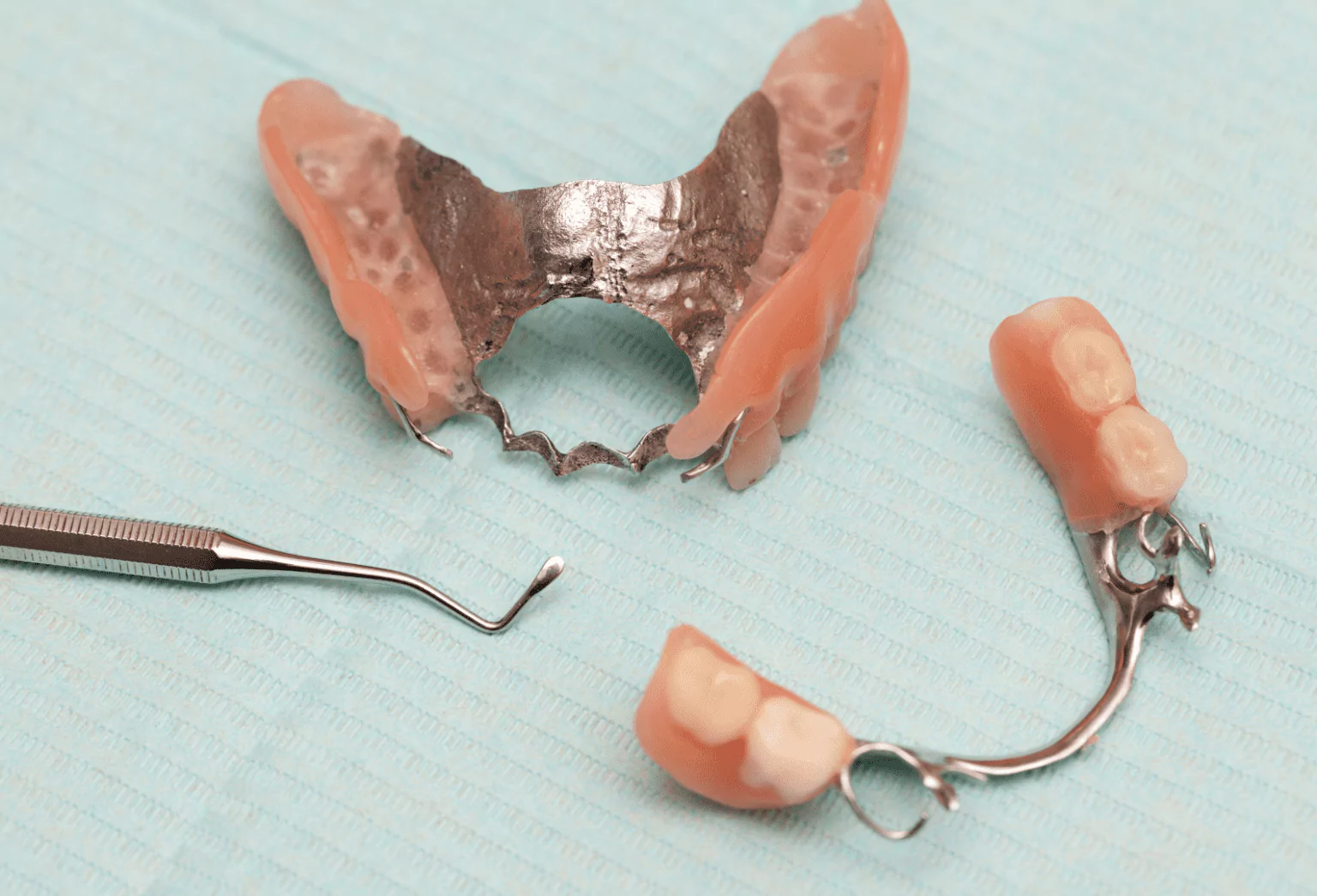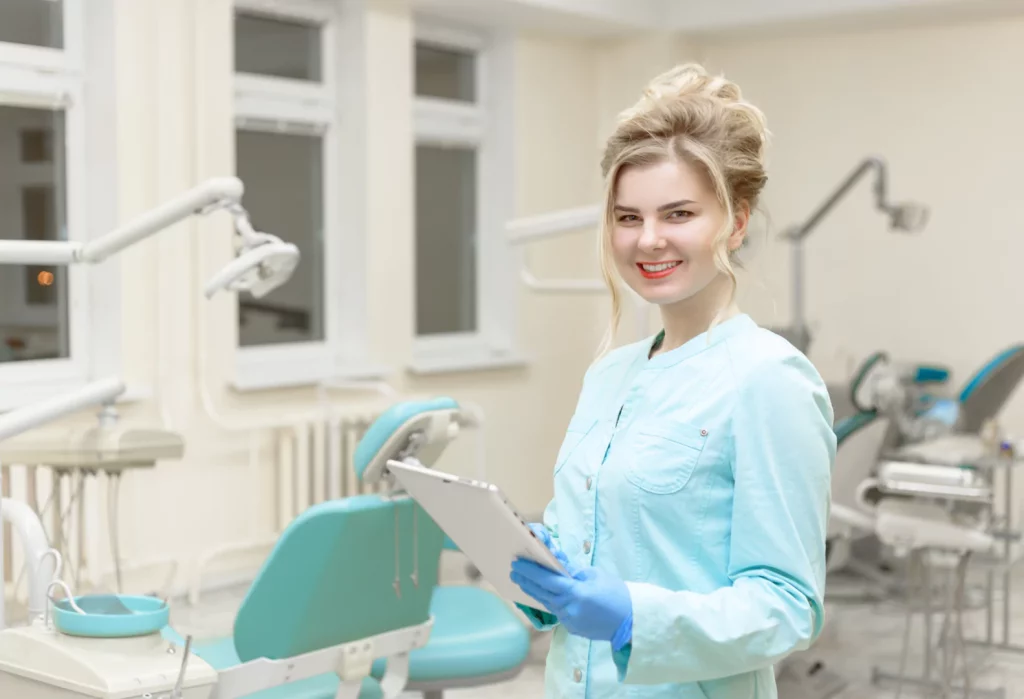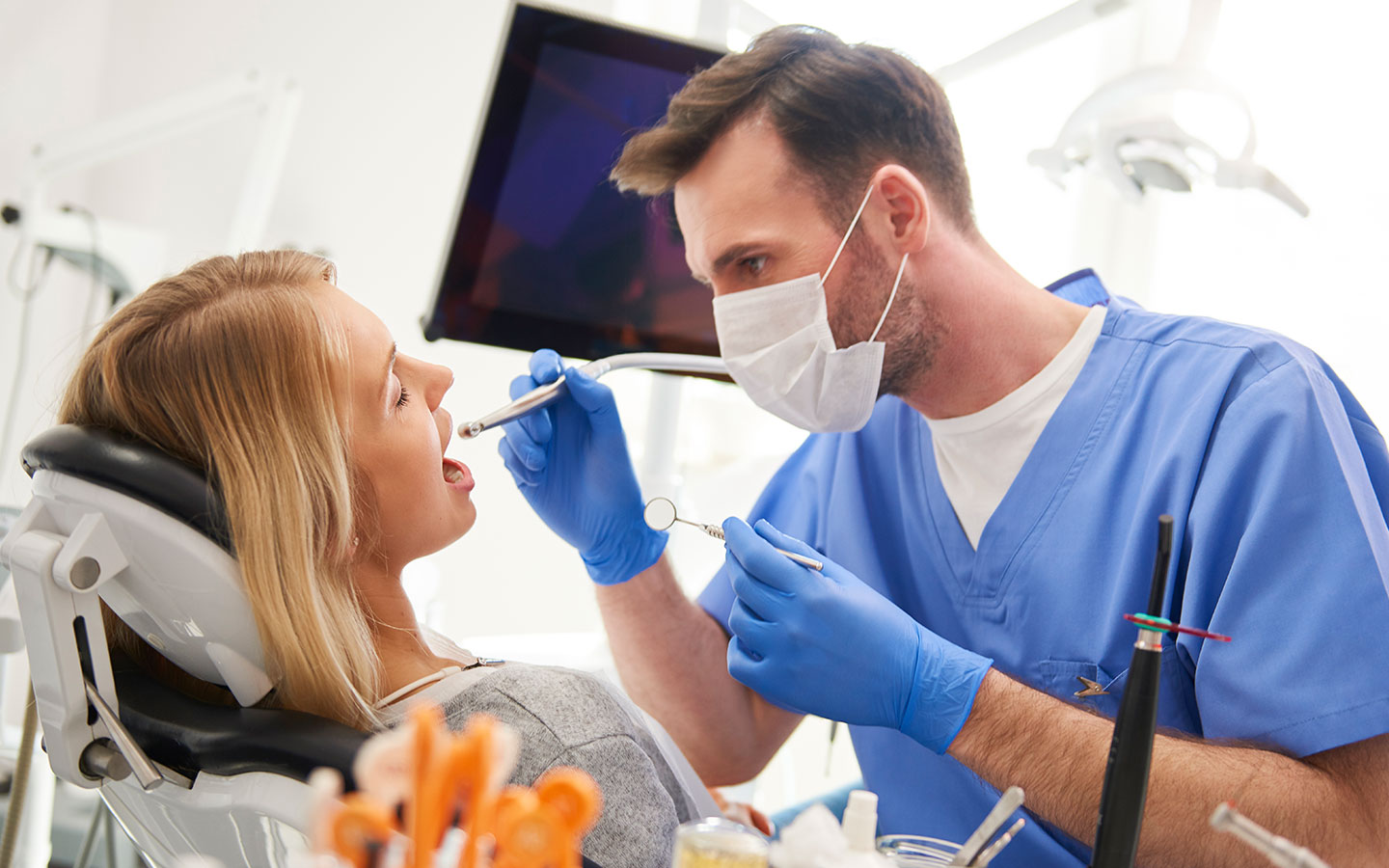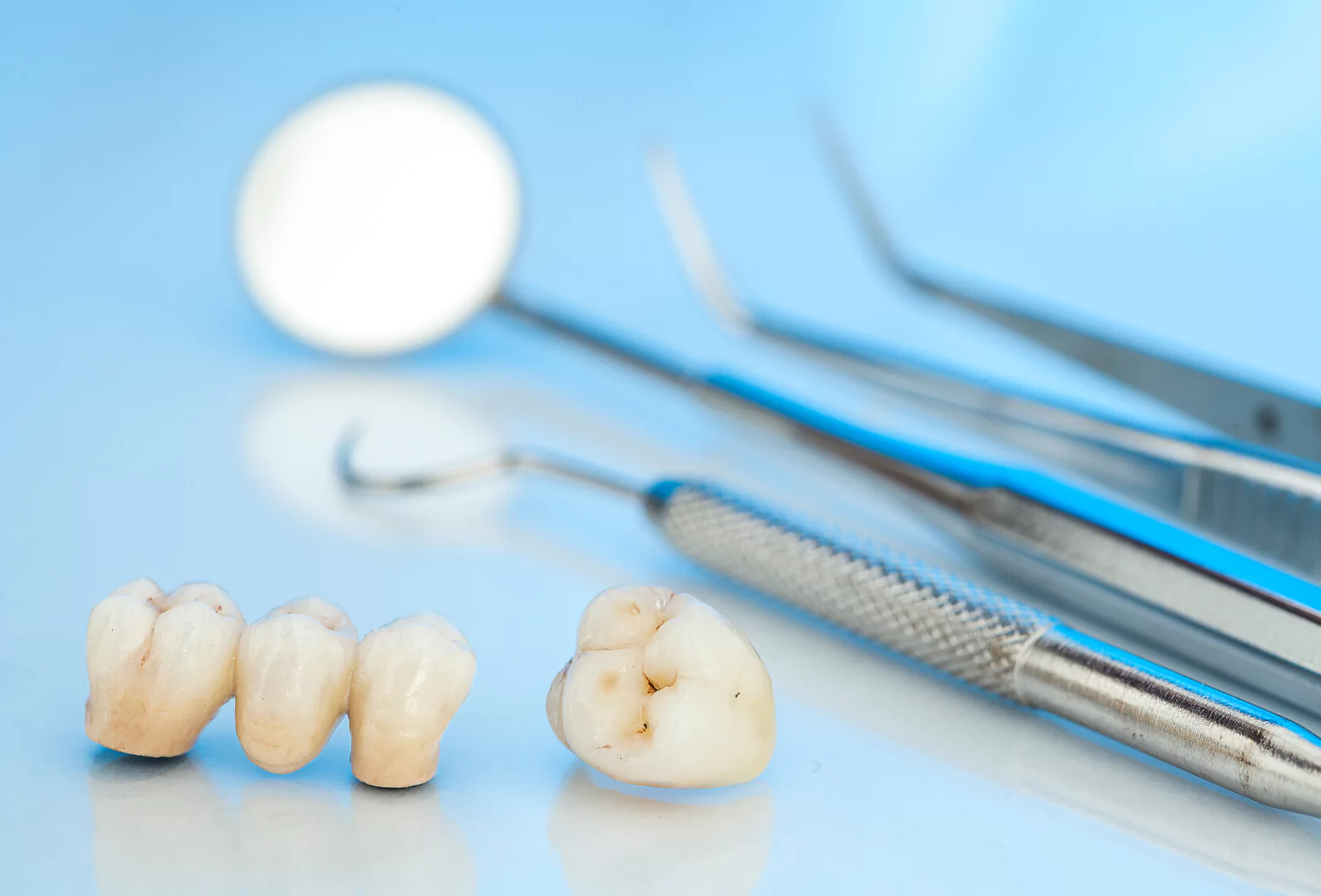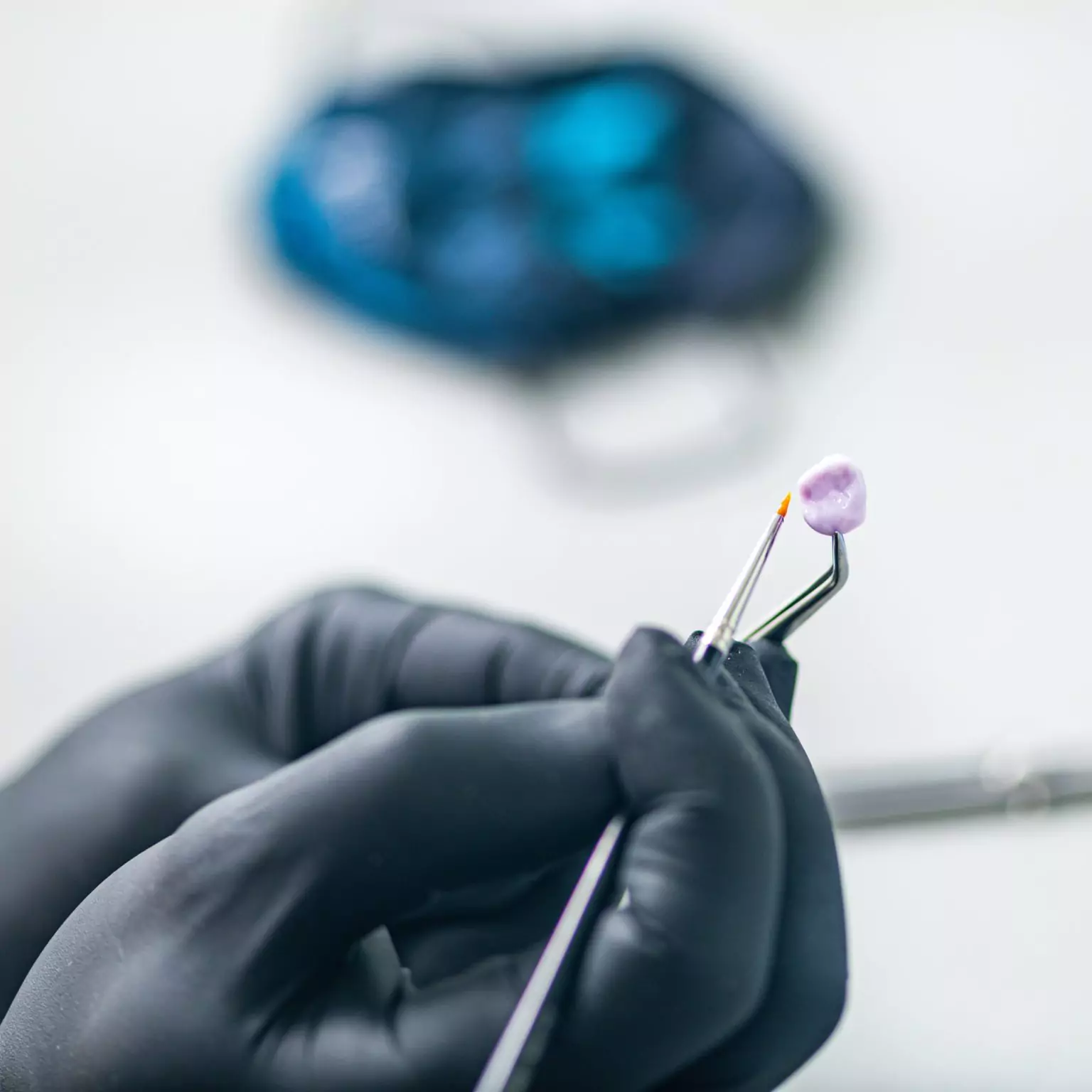The evolution of dental ceramics used to restore and replace lost tooth tissue or teeth has been remarkable since the emergence of early porcelains decades ago. The current objective with dental ceramic restorations is to restore not just aesthetics but also naturalness, anatomy, function, and the mechanics of teeth. This includes various types such as those without metal, with metal, crowns, inlays, fixed bridges, and more—all covered under the umbrella term ‘fixed prosthesis.’
Determining the most suitable ceramic material for each patient is a task reserved for a Ventura dentist, with the dental technician responsible for crafting the prosthesis using the precise measurements provided by the dentist.
Revitalize your smile with durable porcelain crowns in Ventura. Our experienced Ventura dentist guarantees a restoration that is not only natural but also beautifully crafted.


